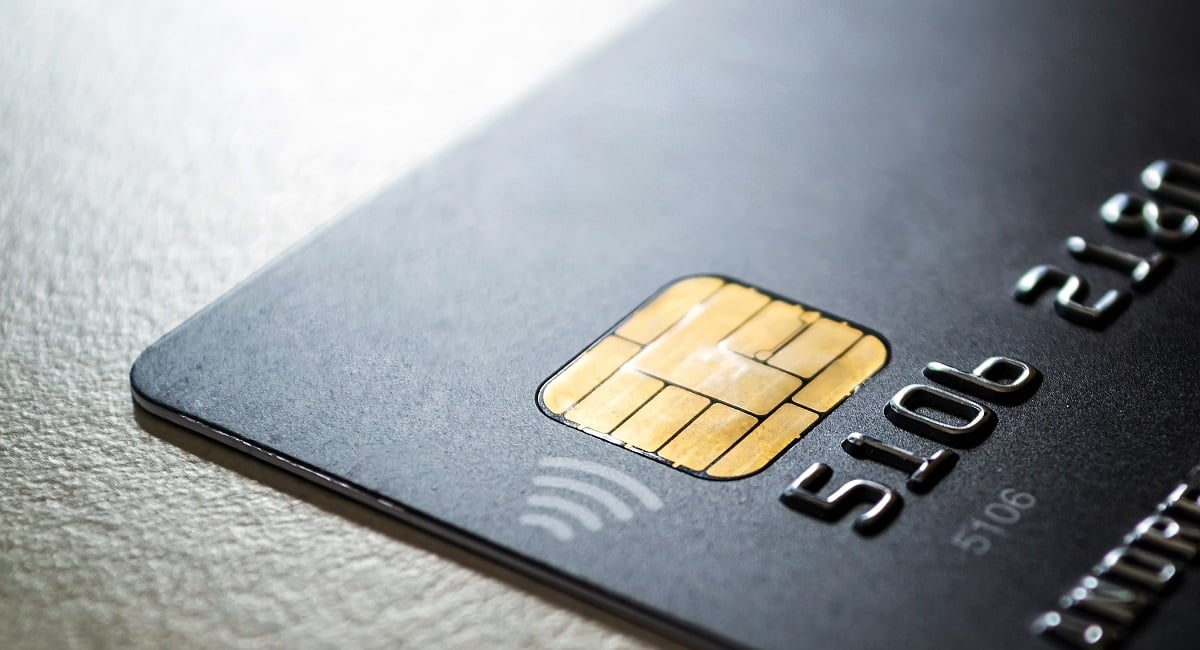
Trying to stay out of debt can be difficult even in the best of times.
Even people with high-paying jobs can fall behind on their bills and find themselves in debt. So, the first thing I want to say to you is this: There is no shame in being in debt.
That said, learning how to control your spending is always a good idea! By making and sticking to a budget, it’s easier to avoid debt and save up money for the future (whether you need it for an emergency, a big event, or just to have for a rainy day).
There are a few solutions to the question of “How to stop spending money?”
One strategy to help you control debt and avoid wasting money is to use prepaid credit cards.
Let’s take a look at what prepaid credit cards are and how they can be used to help you stay out of debt:
What Is a Prepaid Credit Card?
Prepaid credit cards are a bit different from the roughly 76.2 million “normal” credit cards in circulation in Canada.
Instead of being extended a credit balance that can be paid back later, prepaid cards are loaded with your own money up front. They may sometimes be referred to as “pay-as-you-go” cards or reloadable credit cards.
The basic process for getting and loading a prepaid card goes a bit like this:
- You buy the prepaid card at a retail location (like a supermarket, pharmacy, gas station, etc.) or online (in which case the physical card will be mailed to you).
- You can use the prepaid credit card like a normal credit card until you’ve spent the full amount that you loaded onto the card.
- You can reload the card to spend more money. This can be done in two ways: via a direct transfer from your chequing or savings account to the card or by adding funds to the card at a retail location where cards can be purchased.
Benefits of Using Prepaid Credit Cards
A prepaid credit card offers a lot of the same conveniences of a traditional credit card.
However, the big differentiators are that:
- You don’t have to worry about interest charges (since you’re using prepaid funds).
- Your credit history won’t affect your ability to get a prepaid card.
- Prepaid cards let you put a hard cap on your spending.
That last item can be especially useful for helping you stay out of debt since it encourages you to control your spending.
Are There Disadvantages to Prepaid Credit Cards?
So, why doesn’t everyone just switch to using prepaid cards instead of their debit cards and credit cards?
The thing is, not everyone will need or even want to use a prepaid card because:
- There will be a hard cap on their spending (if there isn’t enough money on the card, then you can’t use it to pay for something).
- Reloading the card can be somewhat inconvenient (depending on the card, whether it has online reloading, and if the person reloading it has a bank account or has to use cash to reload).
- Prepaid credit cards do not contribute to your credit history (meaning you won’t be building up your credit score by using one).
The same thing that makes prepaid cards so good for sticking to a budget may also make them unattractive to those who frequently use credit cards to pay for their purchases.
How to Stop Spending Money Needlessly with a Prepaid Credit Card
So, how can you leverage a prepaid credit card to help you stay out of debt?
By setting a monthly spending budget and using the card to pay for your purchases—without touching your other accounts, if possible!
Here’s the basic plan:
Step 1: Create a Monthly Budget
The first step is to create a realistic budget that covers all of your basic needs: food, shelter, work expenses, etc. It can help to create a list of all of your current expenses and sort the “necessary” items out from the “unnecessary” ones.
For example, necessary items would be things like food, rent/mortgage payments, utilities, vehicle maintenance (if you use a vehicle for work), outstanding debts, and work clothes. Other items, like entertainment subscriptions, clothes shopping, and trips to restaurants can typically be sorted into the “unnecessary” category.
Once you’ve established the bare minimum you have to spend and compare that to your income, you can use that info to set your monthly budget. If you find that your bare minimum expenses are more than your income, it might be time to seek out some help managing your debt, as that is not an ideal situation.
On the other hand, if you have more income than you do necessary expenses, you might be able to pad out your budget a bit to bring some of your favourite “unnecessary” items back in.
After all, all work and no play can be incredibly dull and make it harder to stay motivated. Or, you can set aside the excess for your retirement, a rainy day fund, or an emergency expense fund.
If you have outstanding debt and find you have extra room in your budget, it may be best to put the excess towards your largest, highest-interest debts.
Step 2: Buy a Prepaid Card and Add Funds to Match Your Monthly Budget
After you determine how much you should be spending each month, get a prepaid credit card and load it with the money you need to cover your monthly expenses (after you have paid any bills the way you normally would. There’s no need to add a new payment method if you already use bank transfers to pay your major bills).
Once you have your prepaid card, start using it in place of your credit cards for your regular shopping. While shopping, try to keep your spending as low as possible by avoiding unnecessary purchases (ask yourself if you really need something when you go to buy it).
Step 3: Take Notes on Your Spending Habits and Reload the Card at the End of the Month
When using the card, how quickly did the balance run low? Were you able to pay for everything you needed, or did it run out too soon? Take notes on your spending behaviours and how long the card lasted.
At the end of the month (or on your first payday of the next month), reload the card according to your budget again and try to modify your spending so the card can last all month long. If you find you continuously run dry before the end of the month, it might be a good idea to reassess your budget or to find ways to cut back on your expenses.
Keep repeating this as needed until you’re comfortable with controlling your spending on the prepaid card. If necessary, consider splitting up your funding of the card on a week-by-week basis instead of a monthly one. This can help you avoid using up your entire budget in the first week.
Step 4: If You’re Struggling, Seek Help!
If you find yourself struggling to keep to your budget or constantly having to reload your prepaid card faster than you thought, it might be time to look for help. Finding a certified Credit Counsellor, a money coach, or even just looking at publicly-available advice from the Government of Canada site can all be helpful for controlling your spending and finding ways to get (or stay) out of debt.
What if You’re Already Dealing with Debt?
Already dealing with debt and need help? Reach out to Credit Canada and ask about our debt management and relief services!
Frequently Asked Questions
Have a question? We are here to help.
What is a Debt Consolidation Program?
A Debt Consolidation Program (DCP) is an arrangement made between your creditors and a non-profit credit counselling agency. Working with a reputable, non-profit credit counselling agency means a certified Credit Counsellor will negotiate with your creditors on your behalf to drop the interest on your unsecured debts, while also rounding up all your unsecured debts into a single, lower monthly payment. In Canada’s provinces, such as Ontario, these debt payment programs lead to faster debt relief!
Can I enter a Debt Consolidation Program with bad credit?
Yes, you can sign up for a DCP even if you have bad credit. Your credit score will not impact your ability to get debt help through a DCP. Bad credit can, however, impact your ability to get a debt consolidation loan.
Do I have to give up my credit cards in a Debt Consolidation Program?
Will Debt Consolidation hurt my credit score?
Most people entering a DCP already have a low credit score. While a DCP could lower your credit score at first, in the long run, if you keep up with the program and make your monthly payments on time as agreed, your credit score will eventually improve.
Can you get out of a Debt Consolidation Program?
Anyone who signs up for a DCP must sign an agreement; however, it's completely voluntary and any time a client wants to leave the Program they can. Once a client has left the Program, they will have to deal with their creditors and collectors directly, and if their Counsellor negotiated interest relief and lower monthly payments, in most cases, these would no longer be an option for the client.







